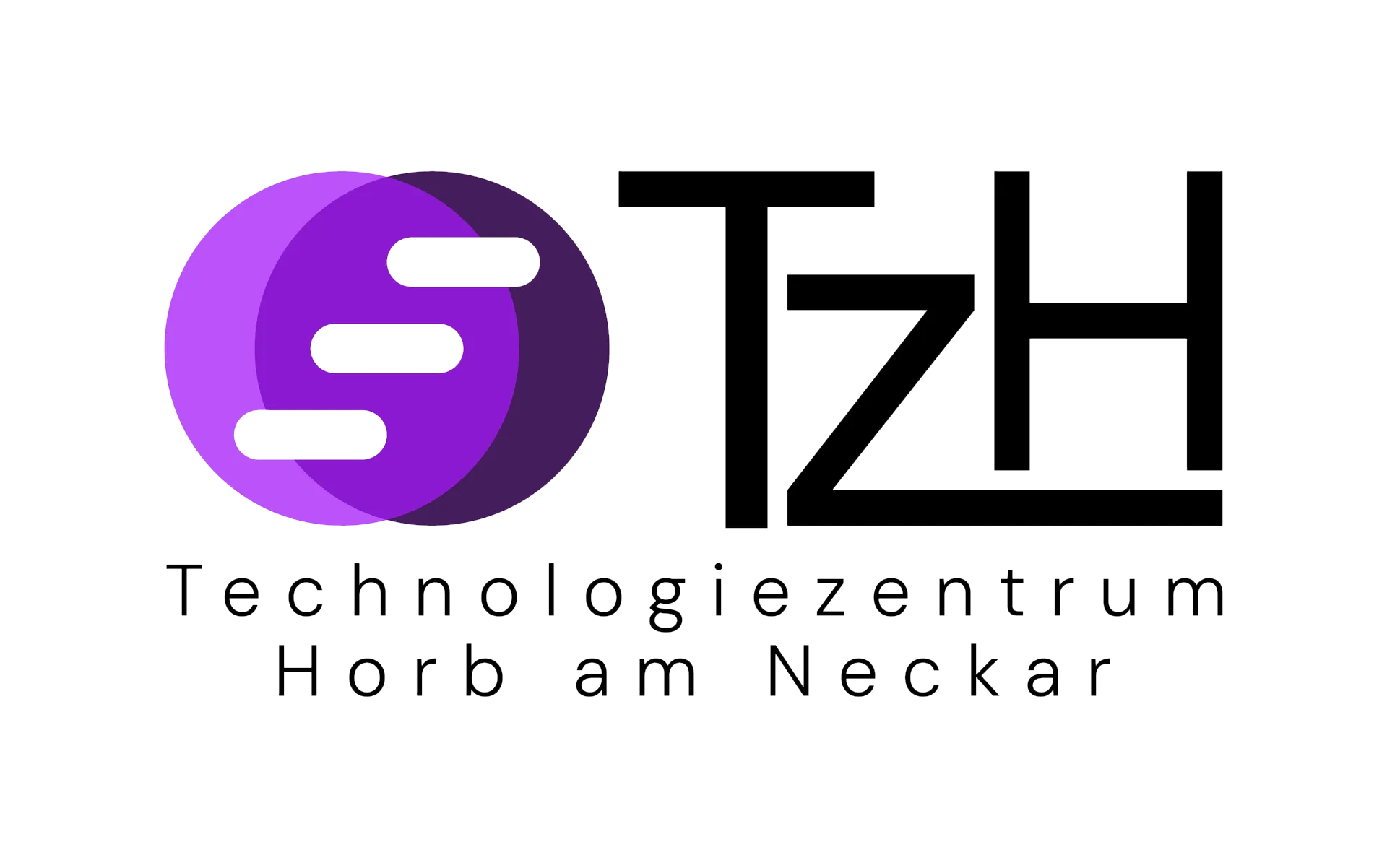
Plan-C Design Thinking
This publication aims to provide practical guidance for circular transformation, with a special focus
on design thinking methodology.

Design thinking is particularly well-suited to circular transformation because it encourages a systems-level view of challenges while focusing on human needs and behaviours. By applying the five phases of design thinking, organizations can creatively address the complexities of implementing circular principles across all life cycle phases of machines. For example, during the EMPATHIZE phase, understanding how different stakeholders interact with machines throughout their life cycle reveals where circularity can be improved.
The DEFINE phase helps narrow the focus to specific circular challenges, such as reducing resource use or improving end-of-life management. Through IDEATION, participants generate innovative ideas that challenge linear thinking, such as modular designs or service-based models. In the PROTOTYPE and TEST phases, these ideas are translated into practical, scalable solutions that can be piloted within organizations.
The iterative nature of design thinking ensures that solutions are refined based on real-world feedback, making it an ideal methodology for driving circular innovation in the machine industry.
